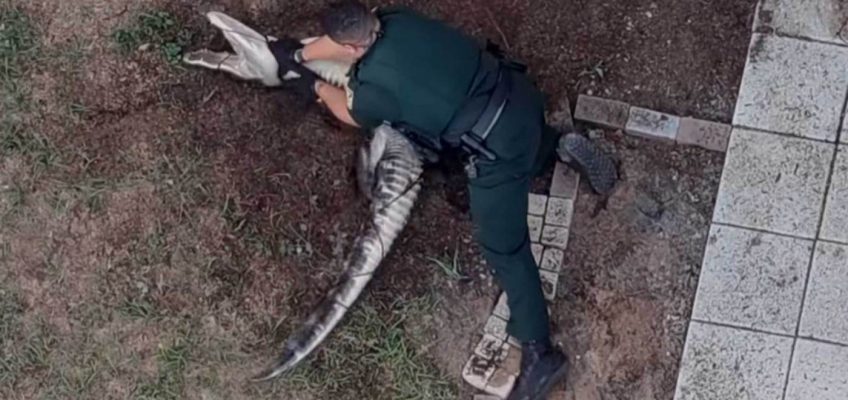By TOM MURPHY
Five months after ending development of its own obesity treatment, Pfizer is accelerating its push into the rapidly growing field with a nearly $5 billion acquisition.
Related Articles
A jury will look at whether Amazon tricked customers into joining Prime — and made it hard to leave
Seattle, a coffee haven, is watching java prices spike. Why?
Spirit Airlines to furlough 1,800 flight attendants amid second bankruptcy
Compass to buy rival brokerage operator Anywhere Real Estate for about $1.5 billion
Nvidia to invest $100 billion in OpenAI to help expand the ChatGPT maker’s computing power
The COVID-19 vaccine and treatment maker said Monday that it will pay $47.50 in cash for each share of development-stage drugmaker Metsera. That represents a premium of more than 42% to Metsera’s closing price Friday.
Pfizer also could pay an additional $22.50 per share depending on how Metsera’s product pipeline develops.
Metsera Inc. has no products on the market, but its pipeline includes four programs in clinical development and one in mid-stage testing. Pfizer said the deal will add expertise and potential oral and injectable treatments.
Pfizer CEO Albert Bourla noted in a statement from the drugmaker that there are more than 200 health conditions associated with obesity, which he called “a large and growing space.”
Demand for obesity treatments has soared in recent years, due to unprecedented weight loss provided by regular injections of market leaders Wegovy from Novo Nordisk and Eli Lilly and Co.’s Zepbound. The Lilly drug generated $5.7 billion in sales in the first half of the year.
But the drugs can cost patients hundreds of dollars a month, and experts in the field are looking for competition to potentially drive down prices.
Pfizer currently has no obesity treatments on the market but has some in clinical development. Earlier this year, the company said it was ending development of a potential once-daily pill treatment before it started late-stage testing, the biggest and most expensive phase of clinical development.
Pfizer said the boards of both New York-based companies have approved the deal, but Metsera shareholders still need to OK it. The companies expect the acquisition to close in this year’s fourth quarter. It still needs approval from regulators.
Shares of Pfizer Inc. climbed 38 cents to $24.40 before markets opened Monday while Metsera’s stock advanced about 61%.




